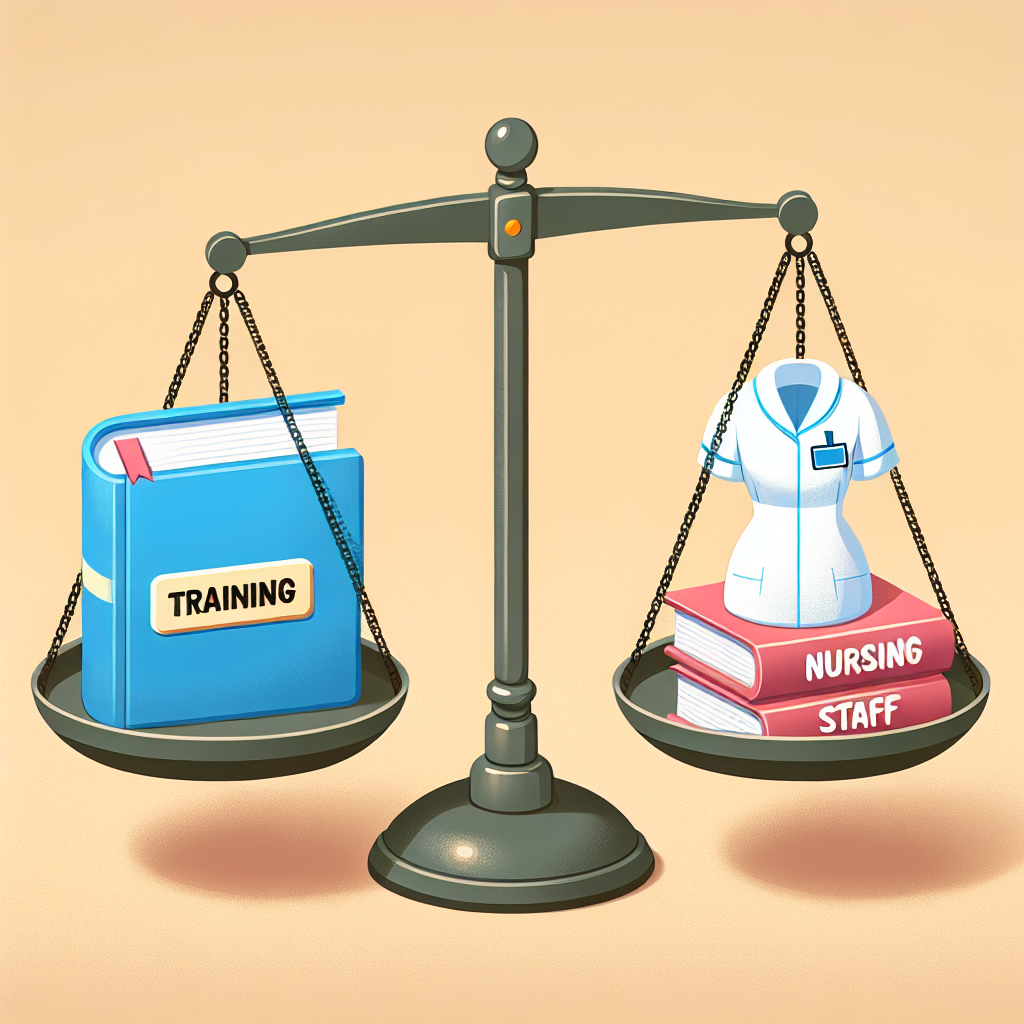New York, NY— The American healthcare landscape is encountering a critical obstruction that jeopardizes both patient care and worker satisfaction in the skilled nursing realm: a pervasive training shortfall. Amid surging demand for healthcare services, especially for the aging population, skilled nursing facilities are struggling to equip their workers with the necessary competencies, potentially setting them up for failure.
Experts in the healthcare industry have long emphasized the importance of comprehensive training and continuous education for personnel in skilled nursing. These facilities cater to patients requiring long-term care or rehabilitation services, where personalized and skilled attention is crucial. However, recent reports suggest that the gap between necessary skills and provided training is widening.
One telling statistic highlights the severity of the issue: A recent study found that over 70% of nursing assistants in skilled nursing facilities reported feeling inadequately prepared for their roles upon completion of their initial training programs. This startling revelation speaks volumes about the current state of workforce preparedness in the sector.
“Quality care begins with adequately trained staff, but what we’re seeing now is a disconnection between the skills imparted during training programs and the realities of the job. This isn’t just a disservice to the workers; it’s a peril to the patients relying on their care,” shared Dr. Elizabeth Benton, a healthcare policy analyst.
This training shortfall has several ramifications. Firstly, it places immense pressure on new staff, who must navigate the complexities of patient care without sufficient preparation. This not only heightens the risk of burnout but also compromises patient safety and care standards. Additionally, the shortage of adequately trained personnel exacerbates the existing workforce crisis in the healthcare industry, making it even more challenging to sustain quality care in the face of increasing demand.
In response to these challenges, some facilities have begun to implement more rigorous and comprehensive training programs, emphasizing practical, on-the-job training and continuous professional development opportunities. However, these efforts are yet to become widespread.
The call to action is clear: Skilled nursing facilities must invest more in their training programs, adapting them to meet the evolving demands of healthcare and the specific needs of their clientele. This involves not only the initial training but also ongoing education that keeps pace with the latest healthcare advancements and best practices.
As the sector grapples with this pressing issue, the question remains: Will skilled nursing facilities rise to the challenge and reform their training approaches, or will they continue to set workers—and by extension, their patients—up for failure? The future of healthcare might very well hinge on the answer.


